Our collection of 20,000 exhibition labels is incredibly special and rare. While researching the Science and Technology labels as historical sources, Postgraduate researcher Kate Bowell explores the stories we’ve told in our labels and how these stories have changed over time.
The Science and Technology Department at National Museums Scotland has an archive of approximately 20,000 historical exhibition labels that were printed between 1864 and 1967. These labels, pasted into a series of eight large ledger books, are copies of the ones the museum displayed for visitors to read. A collection of exhibition labels of this size and scope is incredibly special and rare.
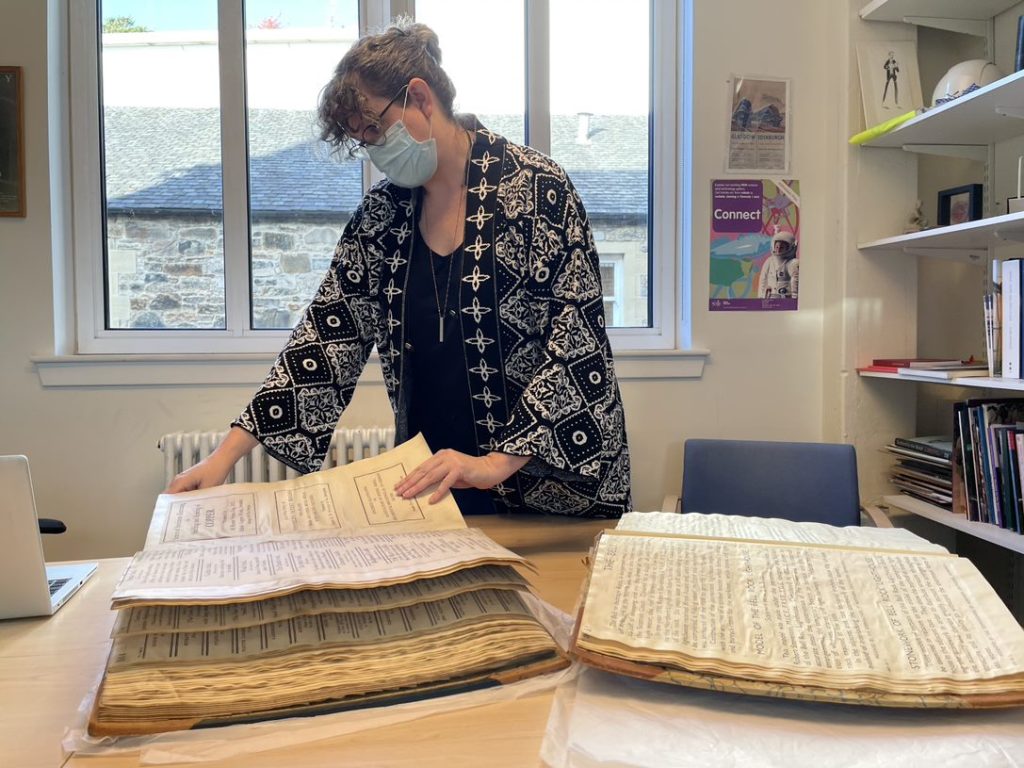
Historically, most museums did not save labels the way that they did other museum objects and documents, which has left a gap in our knowledge about the history of museums. We don’t know as much about what old labels looked like or what they said. The focus of my research is to help fill part of that gap by exploring the Science & Technology labels as historical sources and discovering what stories had the museum told in its labels and how those stories have changed.
The Boulton & Watt Engine
The first labels I studied were those connected to the museum’s Boulton & Watt Beam Engine (T.1886.38).
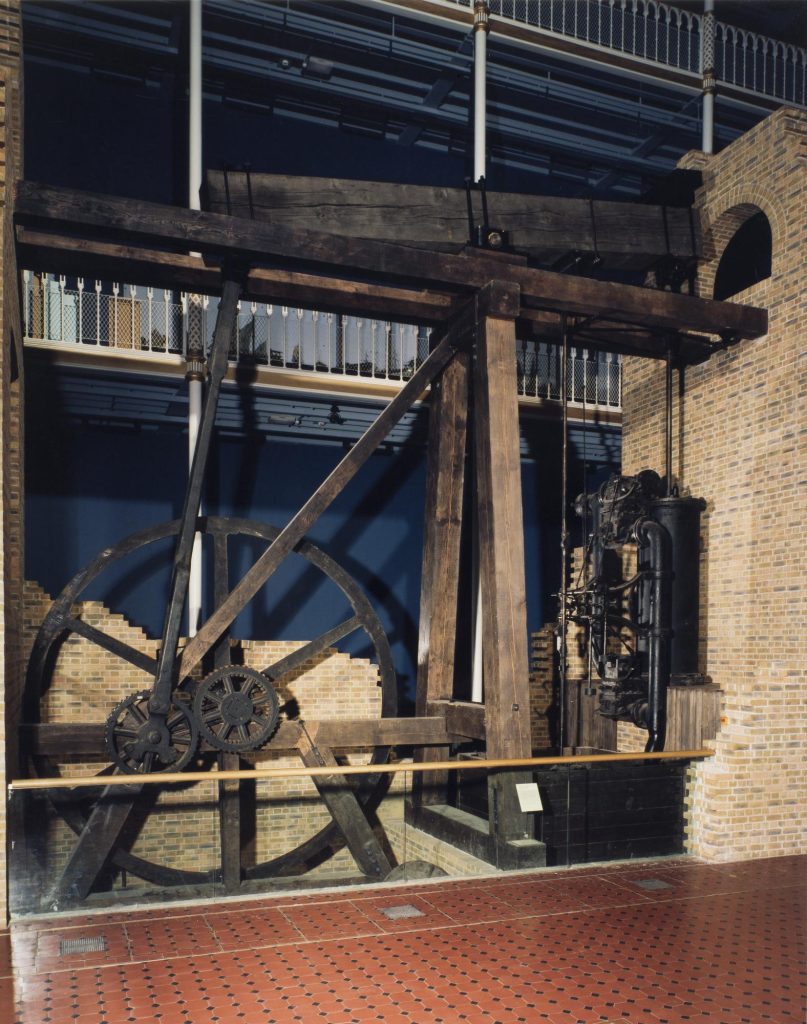
1880s
The engine has been on almost-continuous display since it was accessioned into the museum in 1886, which (luckily for me) means that there is a long history of labels associated with it. Over the past 135 years, multiple stories have accompanied the engine, entangling the machines in stories of steam, science, and Scotland.
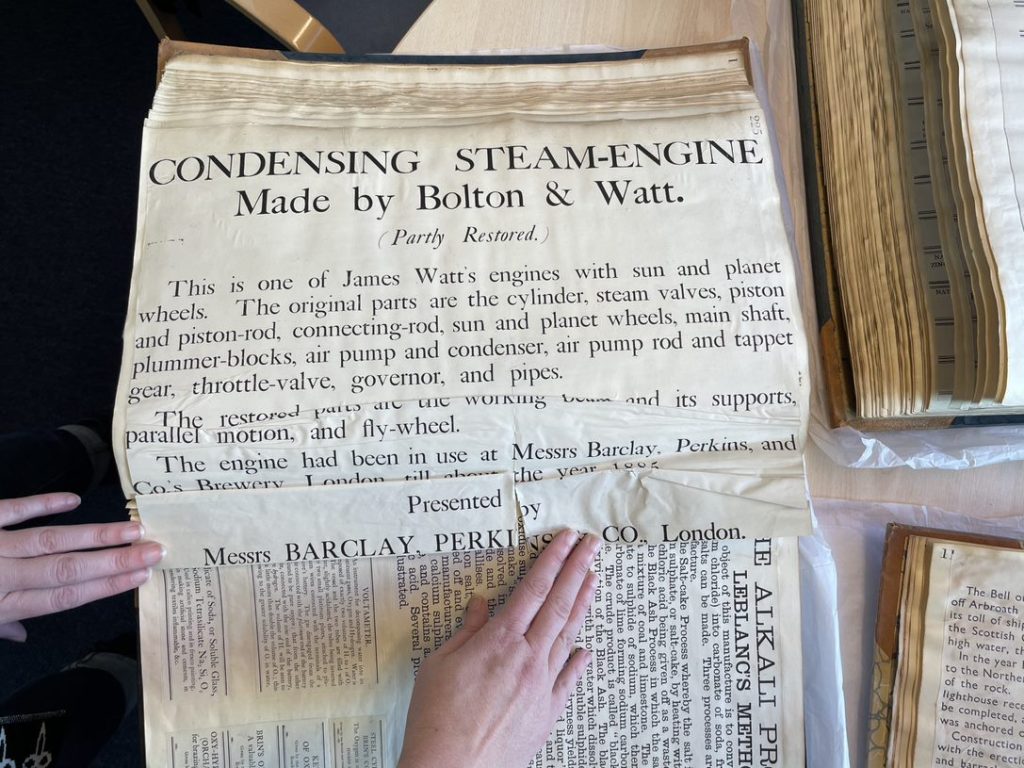
The first label we have for the engine was printed around 1888 and is relatively simple and straightforward in the information it shares. It describes key components of the engine and introduces James Watt as the machine’s inventor. It is possible that copies of this label were on display for the following several decades because the next label in the archive about the steam engine does not appear until 1936.
1930s

This label is considerably longer (longer than the book it’s in!) and full of technical details and mechanical measurements describing how the engine works. A visitor looking at this label on display would read about trunnion bearings, valve boxes, and toggle links, the components and mechanisms of the engine described almost like an operation manual.
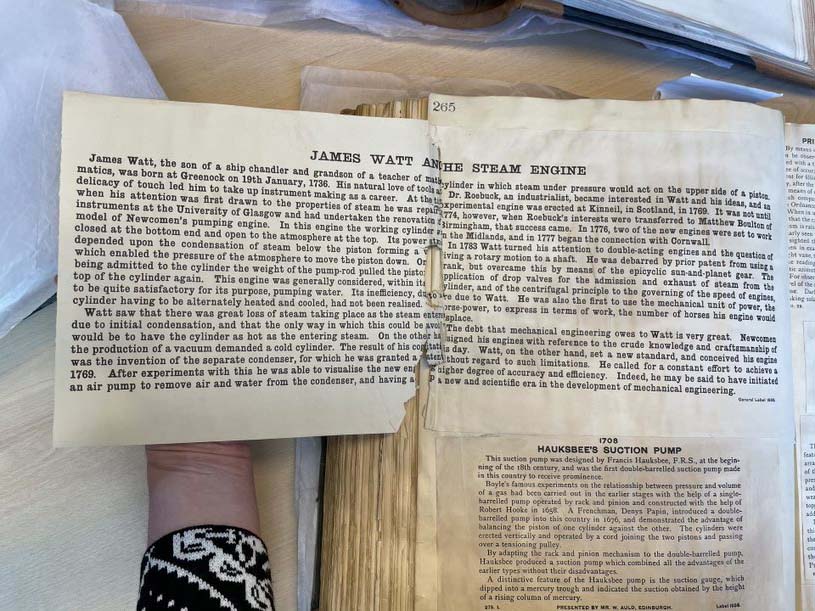
In the archive, this label appears in Book 6 on page 264. What I find interesting is what we find on page 265. There’s another label, one that very likely would have appeared alongside the technical one. However, rather than focusing on the beam engine, this label focuses on James Watt and it’s a different depiction of him than we’ve had in any of the Science & Technology labels before.
The story of the steam engine did not begin with James Watt, but this label would almost lead you to believe it did. The text uses the biography of Watt as scaffolding on which to construct a history of steam and innovations both before and after Watt’s contributions are anchored to his story. The label ends with the big declaration that:
“The debt that mechanical engineering owes to Watt is very great, and Indeed, he may be said to have initiated a new and scientific era in the development of mechanical engineering.”
1950s
That 1936 label does not call Watt a genius, but it comes close. 18 years later, the entry for the beam engine published in the guide celebrating the museum’s centenary, absolutely did. Instead of describing or explaining the engine, the reader gets this:
“…a genuine, unaltered Boulton and Watt beam engine…appears as a heaven-sent opportunity to secure an outstanding engine built by the illustrious partners and Scotland’s greatest historical engineering genius.”
1954 Centenary Guide
Here, the engine is a valuable historical artifact but most of its value comes from its relationship to James Watt. He is what matters in the beam engine’s story.
1960s
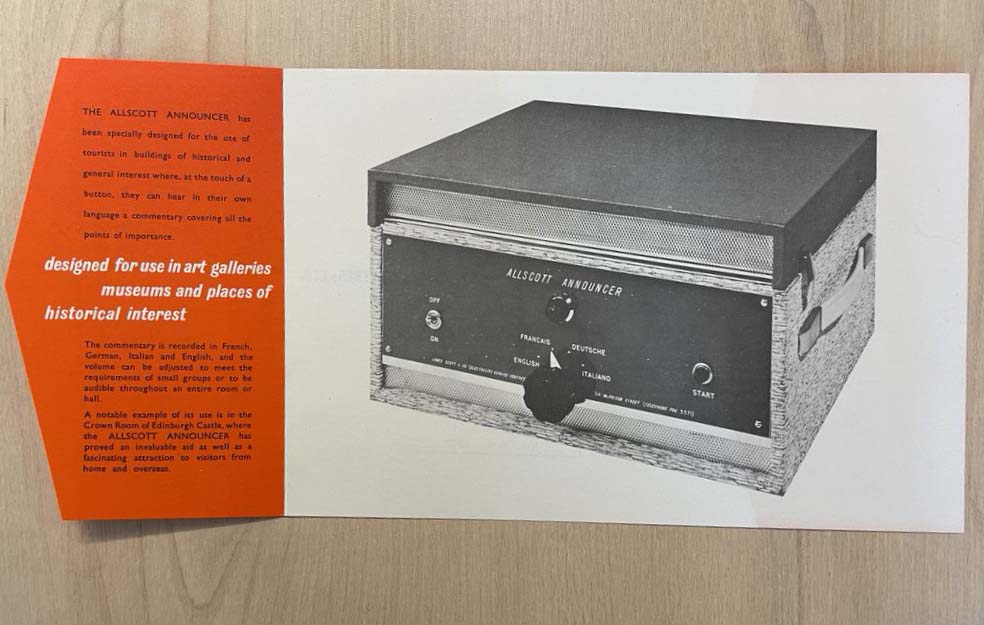
Starting in the 1960s, the museum offered audio guides, called ‘talking labels’, for certain objects. A draft of the script for the beam engine shows an interesting shift in the story the museum wanted to tell. Here, we see “James Watt did not invent the steam engine,” with “not invent” underlined as a cue to remind the narrator to stress that part of the sentence. James Watt is still important, but so is the beam engine and the rest of the label goes on to describe some of the reasons why.
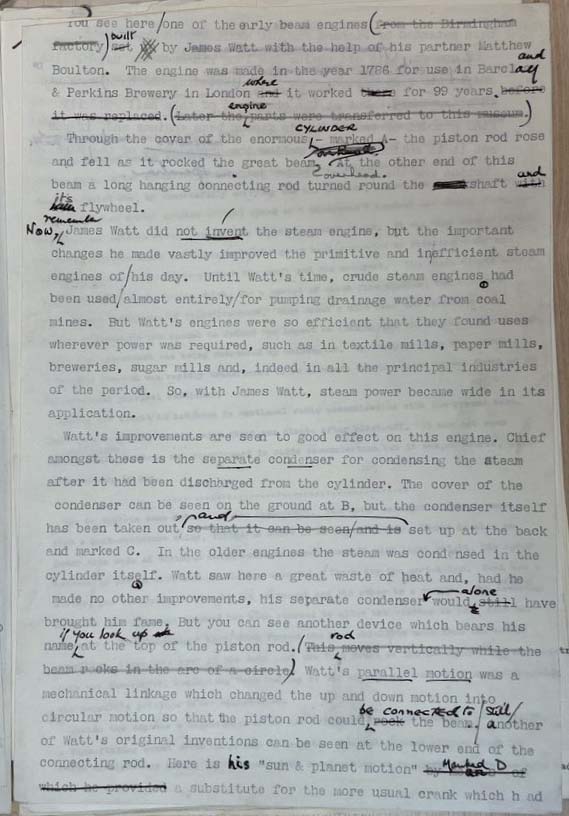
Labels through time
These five labels are only a handful of ones connected to the Boulton & Watt beam engine and, as such, only give us a peek into the history of engines at National Museums Scotland. What they do show, however, and, indeed, what all the labels in the archive show, is that there has never been a one-dimensional, singular story for anything in the museum.
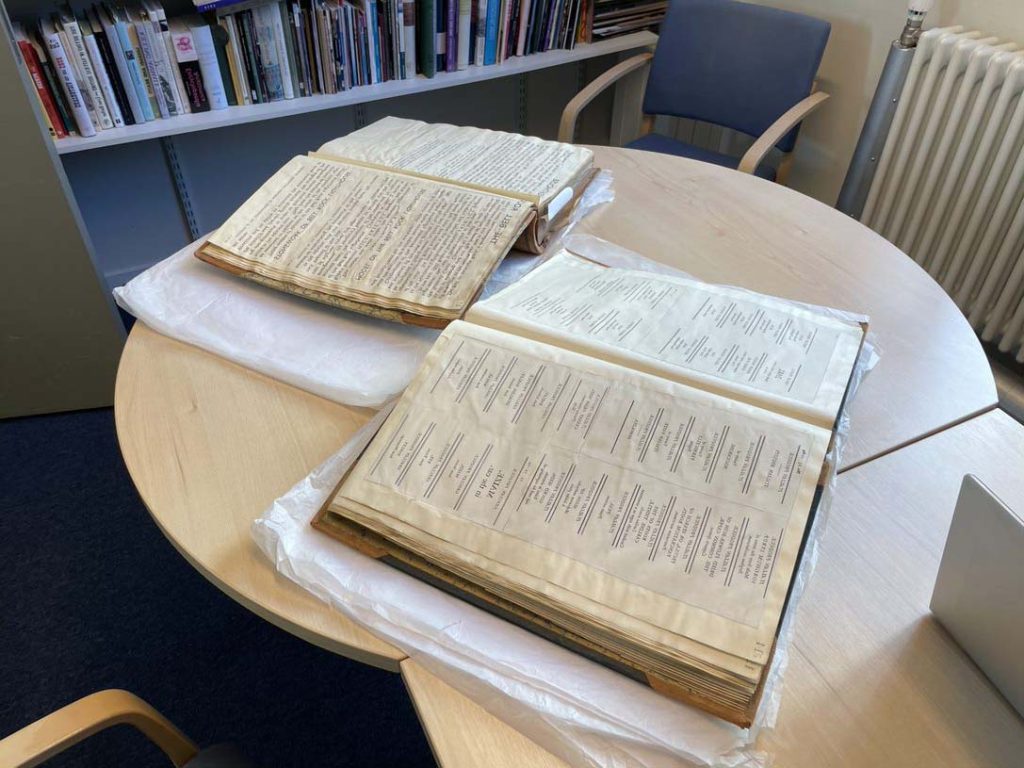
The ways that objects, people, and ideas are presented and interpreted has always changed, shaped by a myriad of influences both inside and outside the museum. For all the trust that we can, and should, place in museums, it’s incredibly important to remember that museums don’t present the truth, they present a truth.
Most surprising discovery
One of the most interesting discoveries I’ve made is that, in its earlier years, National Museums Scotland may not have been as flashy as other museums when it came to designing labels. If you read the accounts of similar museums in the United Kingdom and North America, many of those museums describe using bold paper colors (blue, red, green and black) and bright inks (metallic silver and gold, red and white) in their labels. Early in my research, I assumed that National Museums Scotland had done the same and that the labels in the archive, which are mostly on tan paper with black ink, were less-flamboyant copies of the display labels.
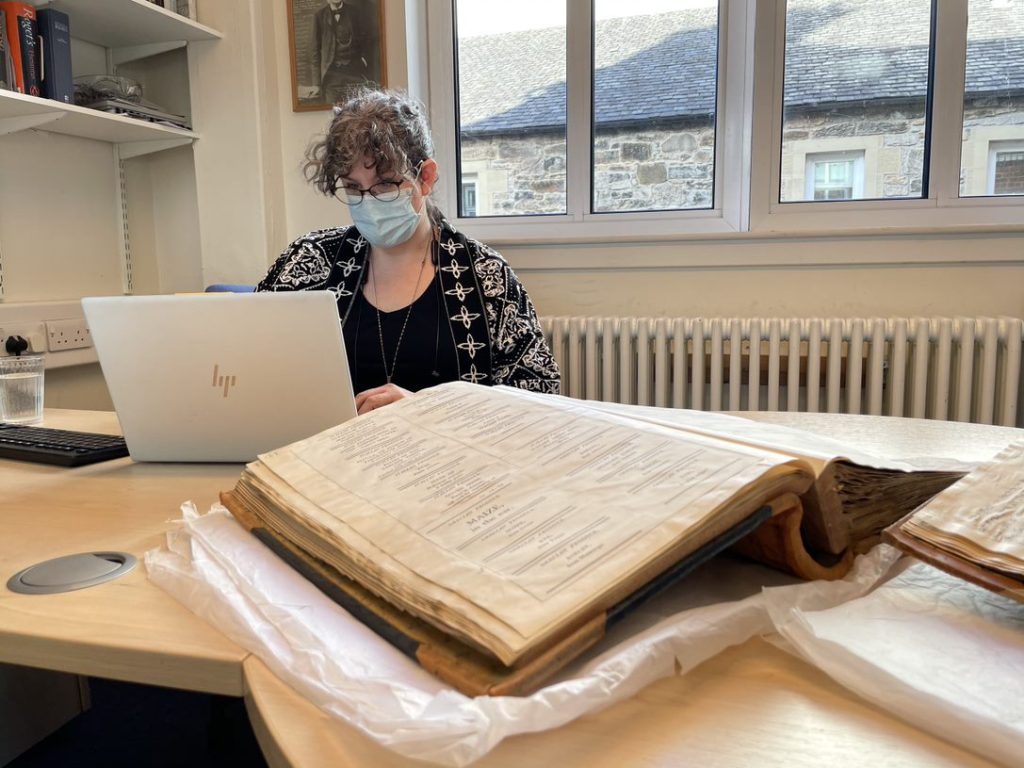
However, as I’ve dug through drawers and back cabinets and found old labels that were on display, most of them are on tan paper with black ink, too. Now, were all those other museums really as daring with their label choices as they say they were? It’s hard to confirm because, as I mentioned, most museums did not save their labels. But if they were, I wonder why National Museums Scotland didn’t make similar choices.
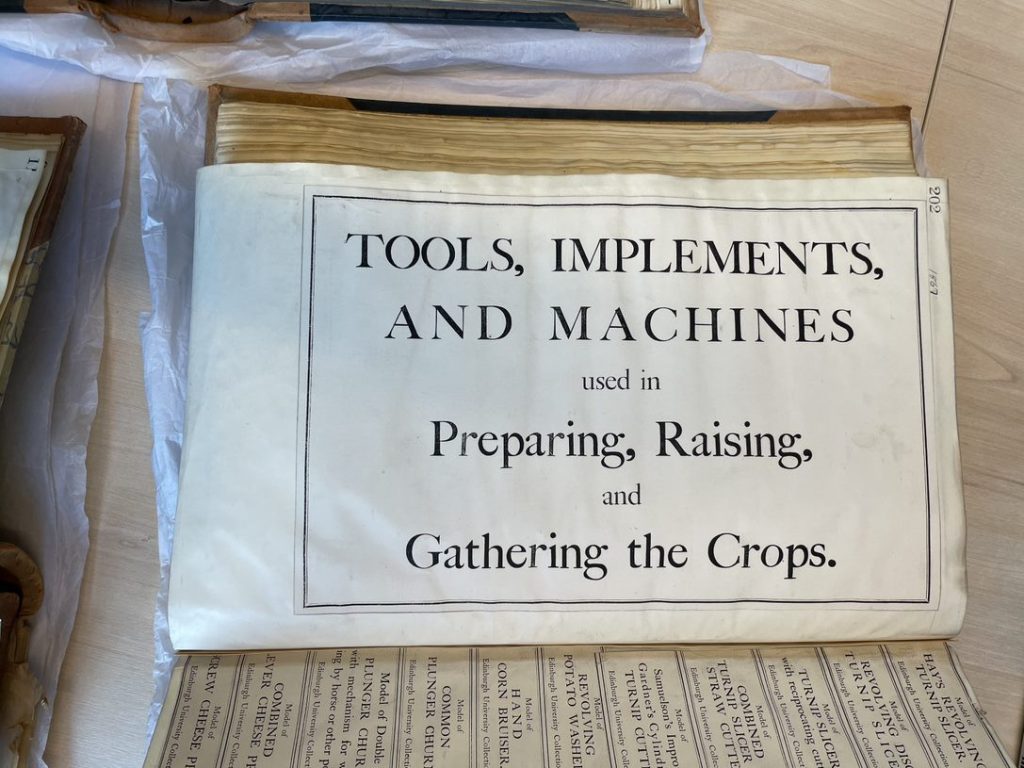
A first for research
From the start of my research, I’ve loved that I get to work with something that hasn’t really been explored before. I’m not the first person to look at these labels but I am the first person to study them so closely and (to my knowledge) I’m the first person to centre their PhD research completely on historical museum labels.
This research is important because it provides a unique opportunity to see how the tone of exhibition labels have changed over time and how past practices can help inform how labels are written in the future. Right now, no one knows more about the National Museums Scotland’s archive than I do and the power has definitely gone to my head.